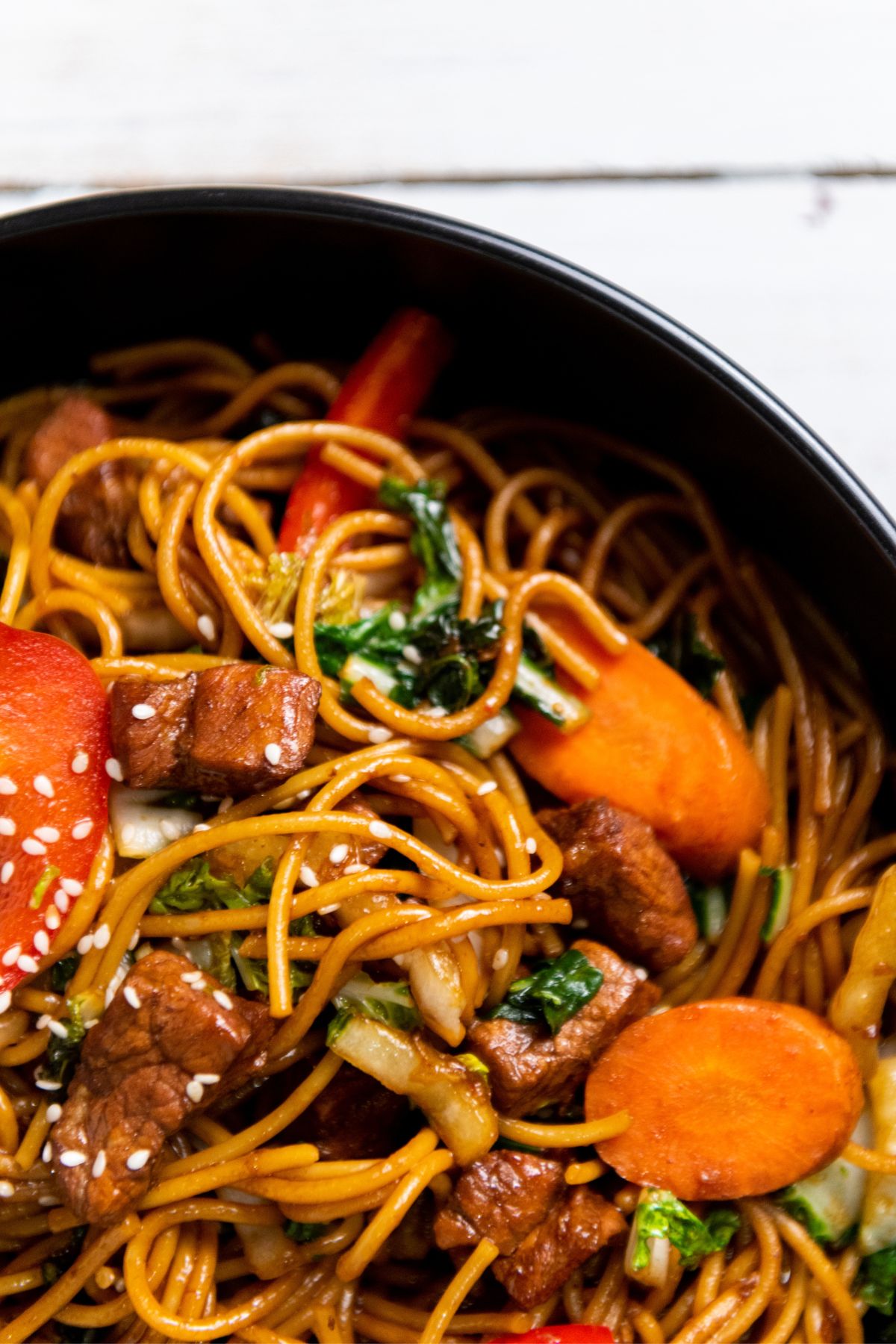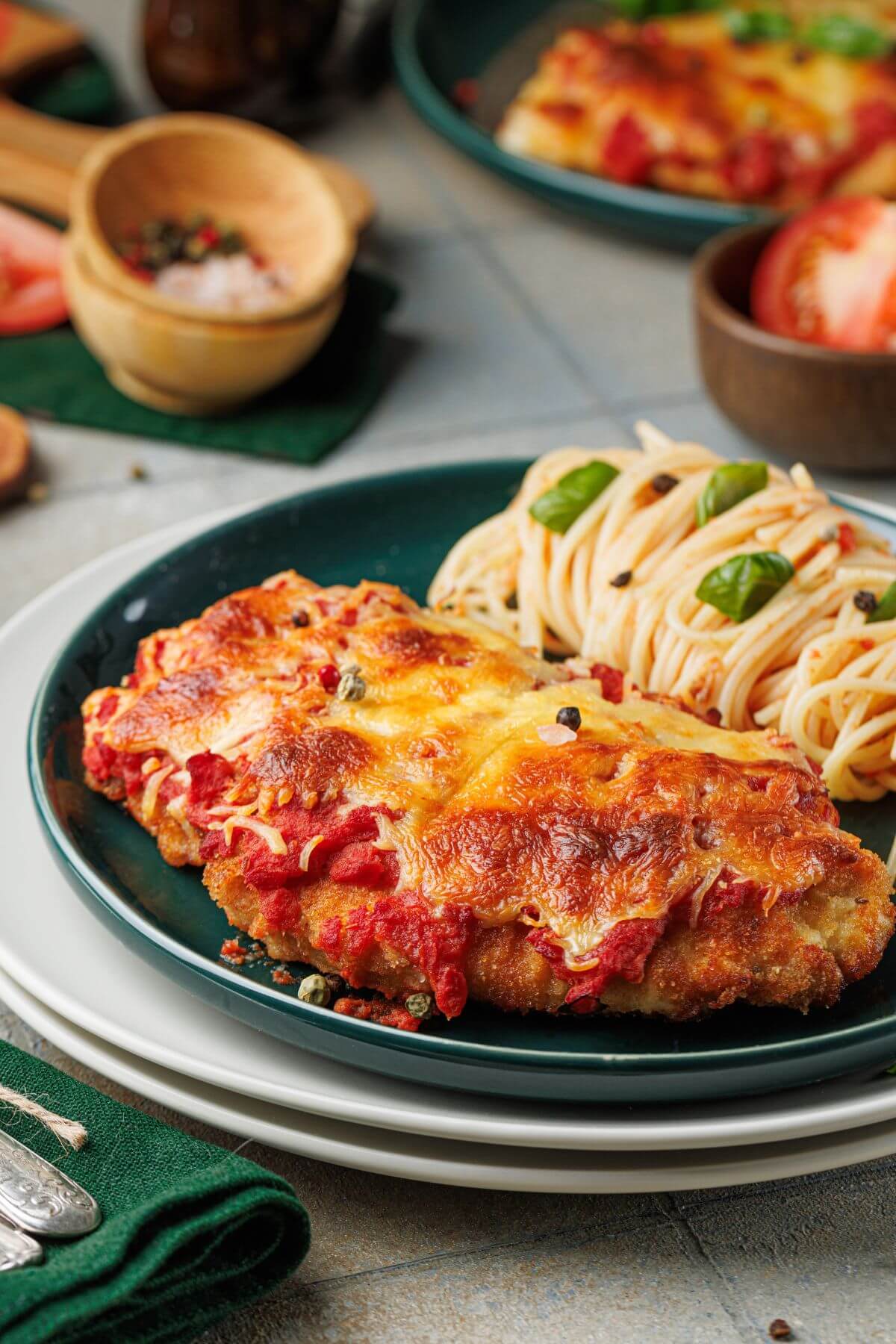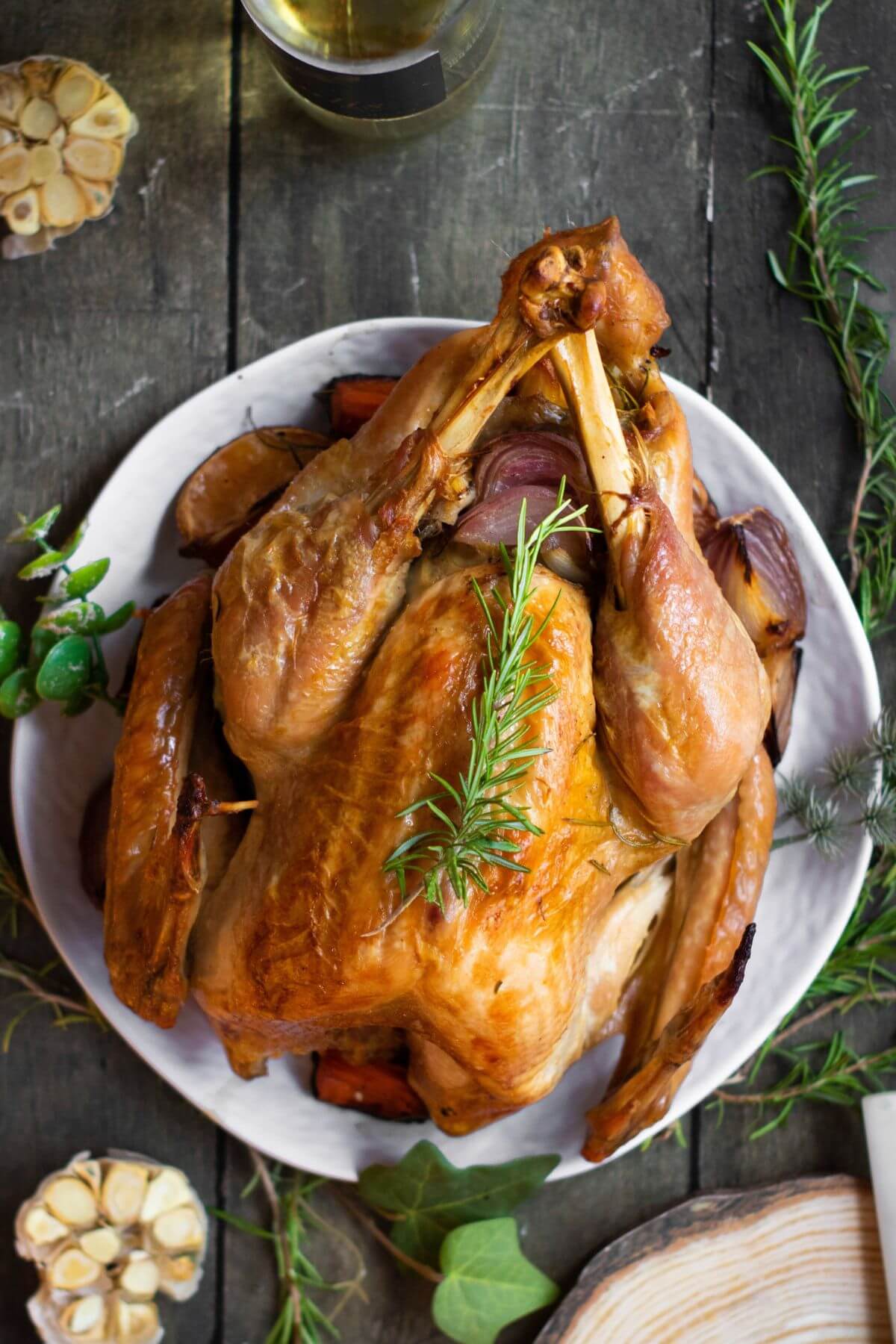Easy Spaghetti Carbonara

It’s Friday night, and I want something rich, something simple, and I want it fast—without dirtying up half the kitchen. That’s when I turn to Spaghetti Carbonara.
This isn’t just any bowl of pasta. This is comfort on a fork, a dish that’s traveled from the back streets of Rome straight to my weeknight table. It’s salty, creamy, peppery, and honestly, once you taste the real thing, those sad, cream-drenched “carbonaras” just make you grumpy.
There’s no cream here. No peas hiding in the corner (sorry, not sorry). Just honest, glorious Italian flavors doing a happy dance together.
Save for later:

Every time I make it, I remember my first real Carbonara in a loud Roman trattoria, the way the locals raised their eyebrows if you asked for parmesan before they’d even set the plate down.
Pure pride. Pure flavor. And yeah, I fell in love. Hard.
Ingredients
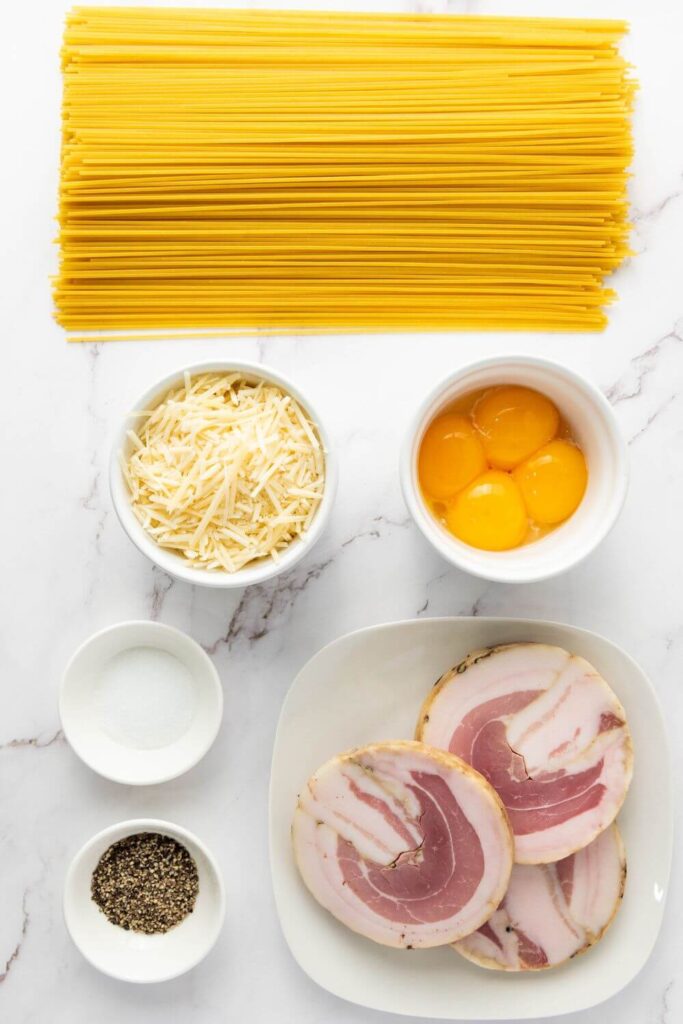
All good Carbonara comes down to the basics. Nothing weird. No shortcuts, either. Here’s what makes it sing:
- Spaghetti (400g or 14 oz)
The classic noodle—use real semolina pasta if you can. Skip angel hair or fettuccine, because spaghetti holds the sauce best and brings the right texture. - Pancetta (150g or 5 oz)
Or better yet, guanciale if you can find it (that’s cured pork cheek, super fatty and flavorful). Don’t sub in bacon unless you must—it’s smoked and changes the taste, though it’ll do in a pinch. - Egg Yolks (4 large)
Just the yolks. No whites, no whole eggs. The yolks add the richness that makes the sauce hug every noodle. - Parmigiano Reggiano (1 cup, grated)
Get the real-deal cheese—parmesan from a green can just won’t cut it. You could blend in some Pecorino Romano for a sharper kick. - Cracked Black Pepper (to taste)
Grind it fresh if you can. You want big flecks, not dusty powder. - Salt (1 tbsp for boiling)
The only place you add salt is the pasta water. Pancetta and cheese bring their own saltiness.
Shopping tips:
- If the pancetta looks too lean, look for another cut. Fat means flavor.
- Use fresh eggs with good deep-yellow yolks.
- Cheese ideally should be freshly grated, not preshredded—this way it melts right.
How to Make Spaghetti Carbonara
You ready? Let’s jump in. It goes fast!
1. Cook the Pasta
Fill a pot with water. Salt it like the sea. Bring it to a rolling boil.
Drop in the spaghetti and cook until al dente—just tender with a bite.
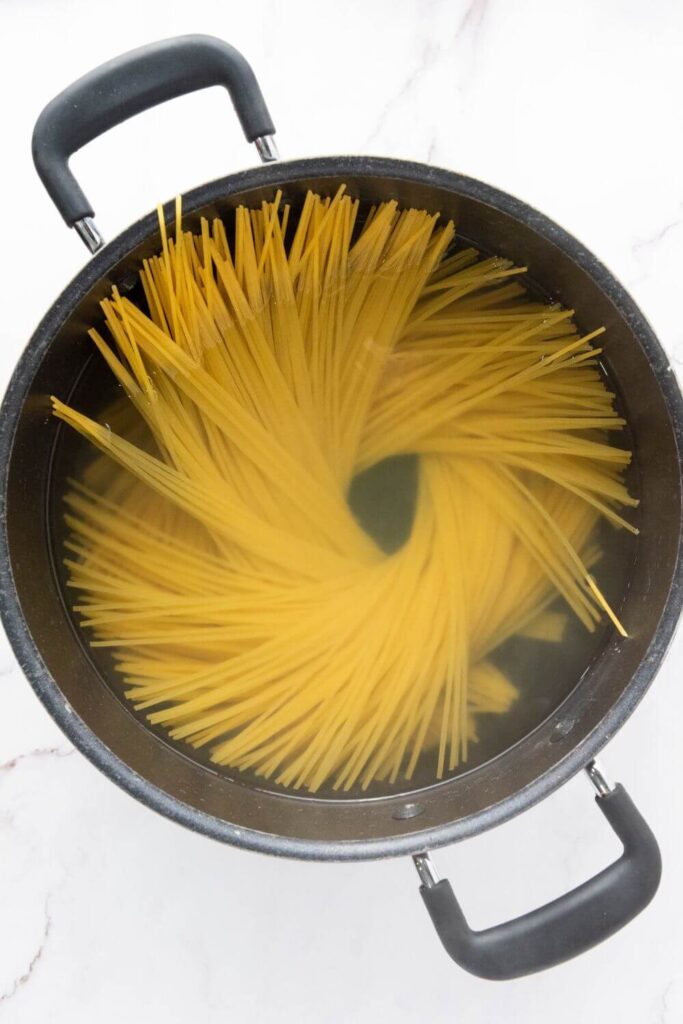
Right before you drain, scoop out a cup of that starchy cooking water. You will absolutely need it. Drain the noodles, but don’t rinse them.
2. Sizzle the Pancetta (or Guanciale)
While the spaghetti does its thing, cube up the pancetta into bite-size pieces. I go for about a quarter-inch.
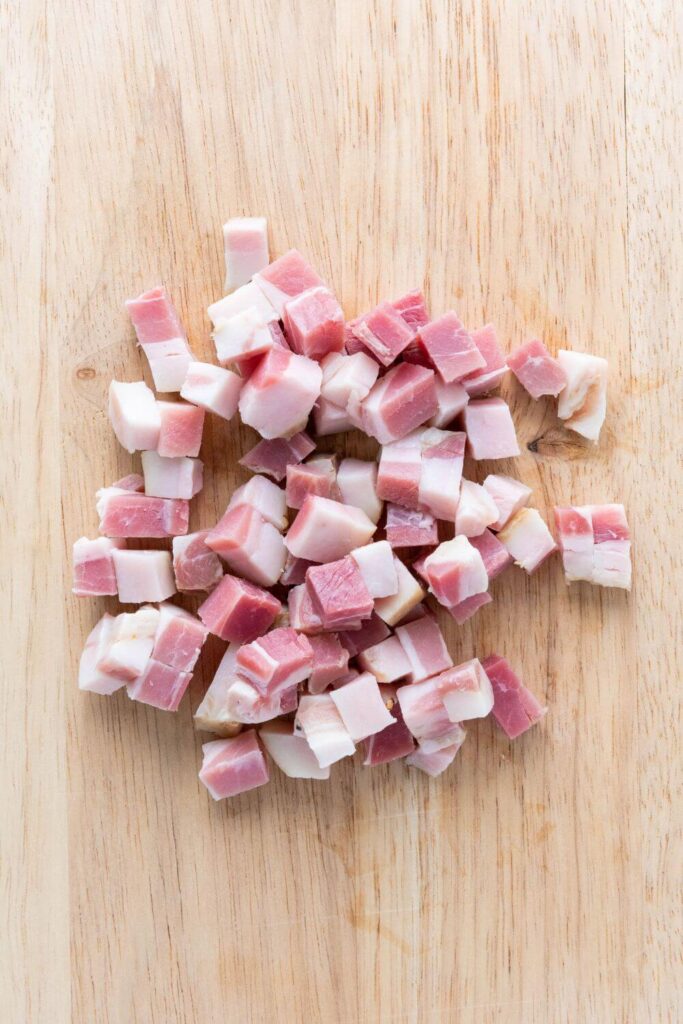
Toss them into a big skillet set over medium heat. Let the fat render out. Stir now and then until every cube has that perfect golden crispiness.
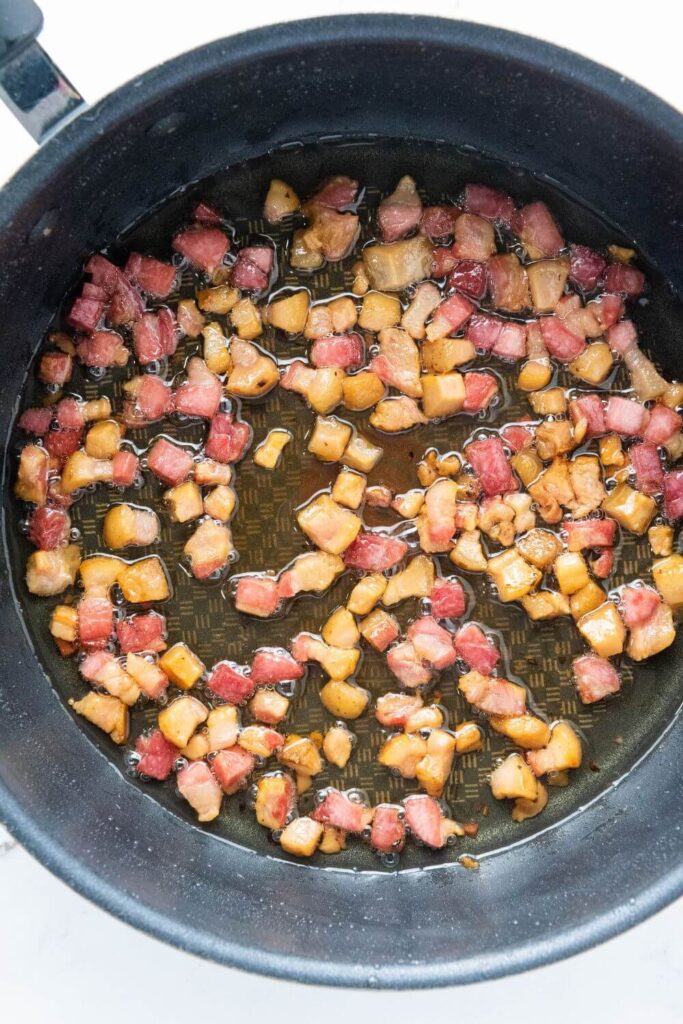
Scoop out the pancetta onto a paper towel—keep the glistening fat in the pan.
3. Whisk Up the Egg and Cheese Magic
Separate your egg yolks into a mixing bowl. Don’t worry if a rogue white gets in—it’ll still taste good.
Dump in most of the grated cheese. Save a handful for serving.
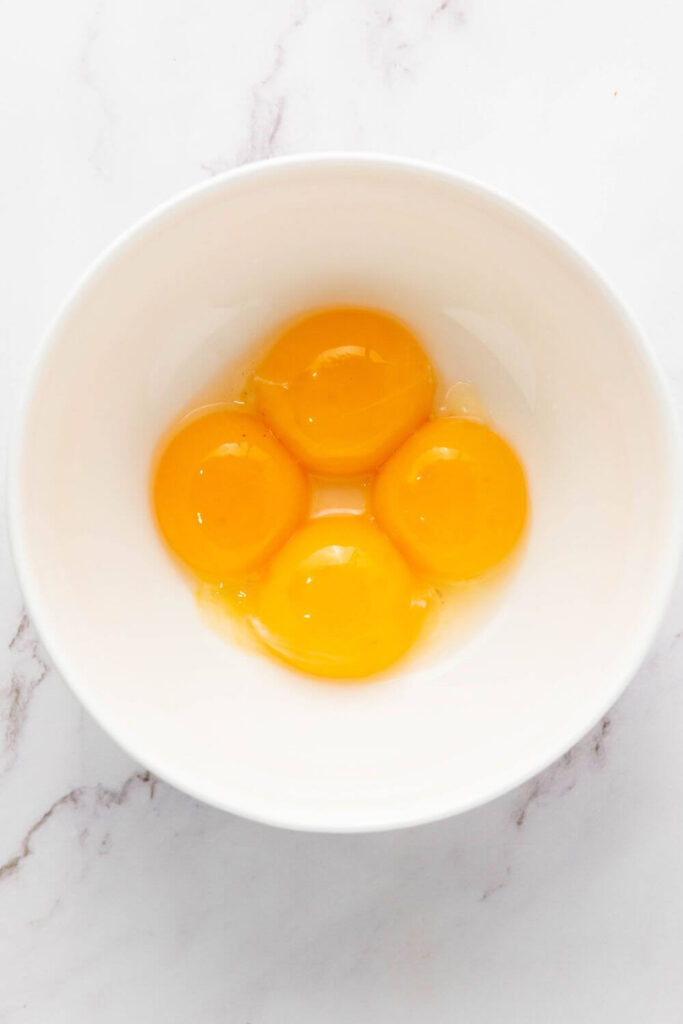
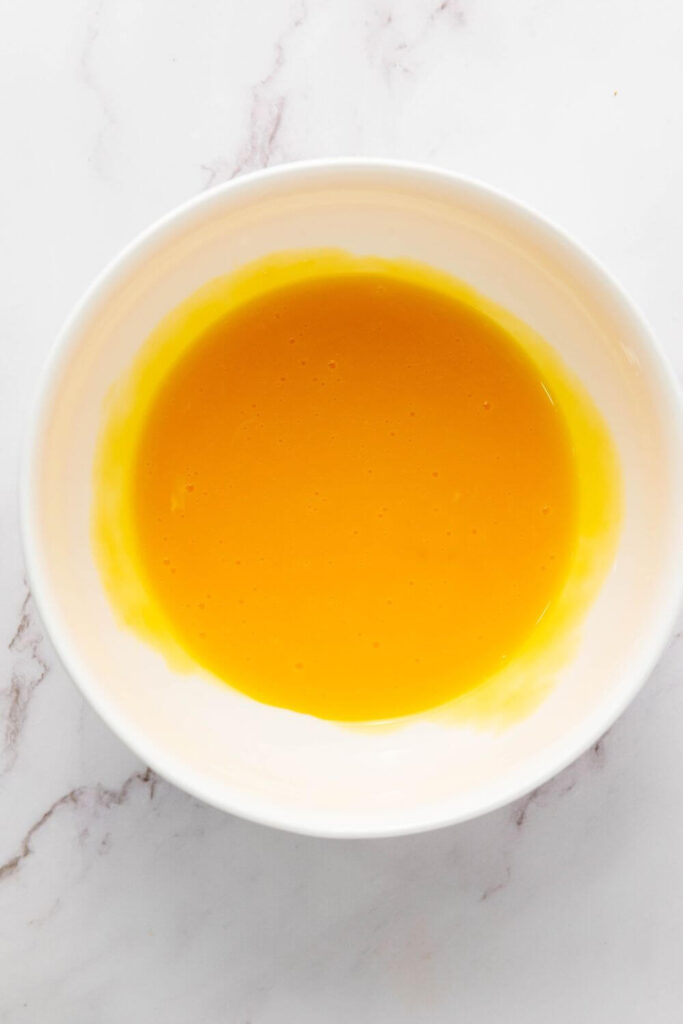
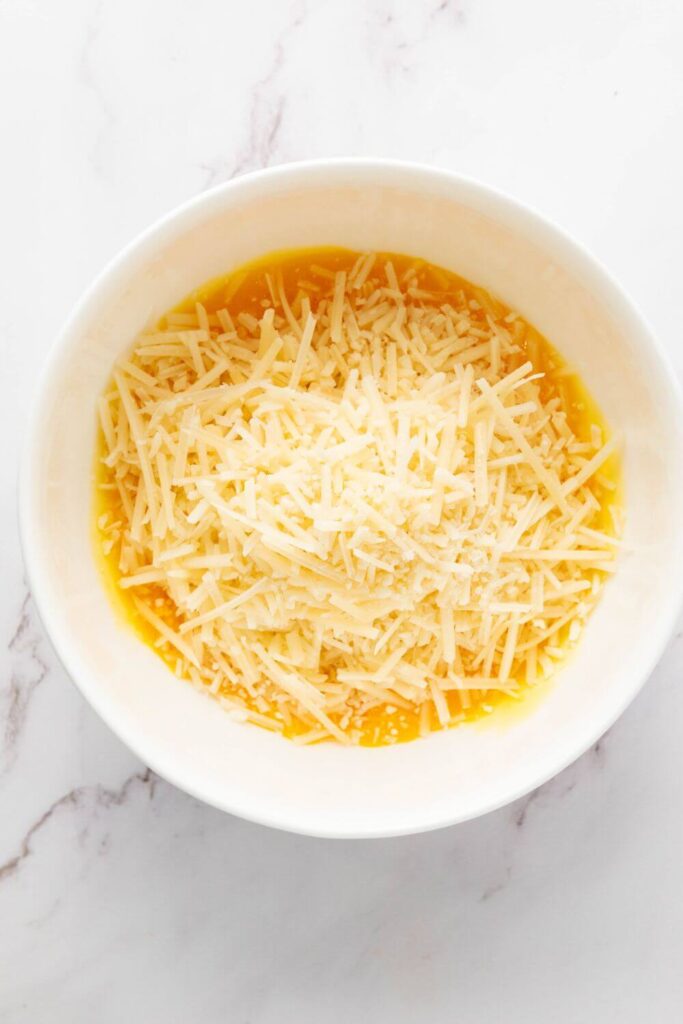
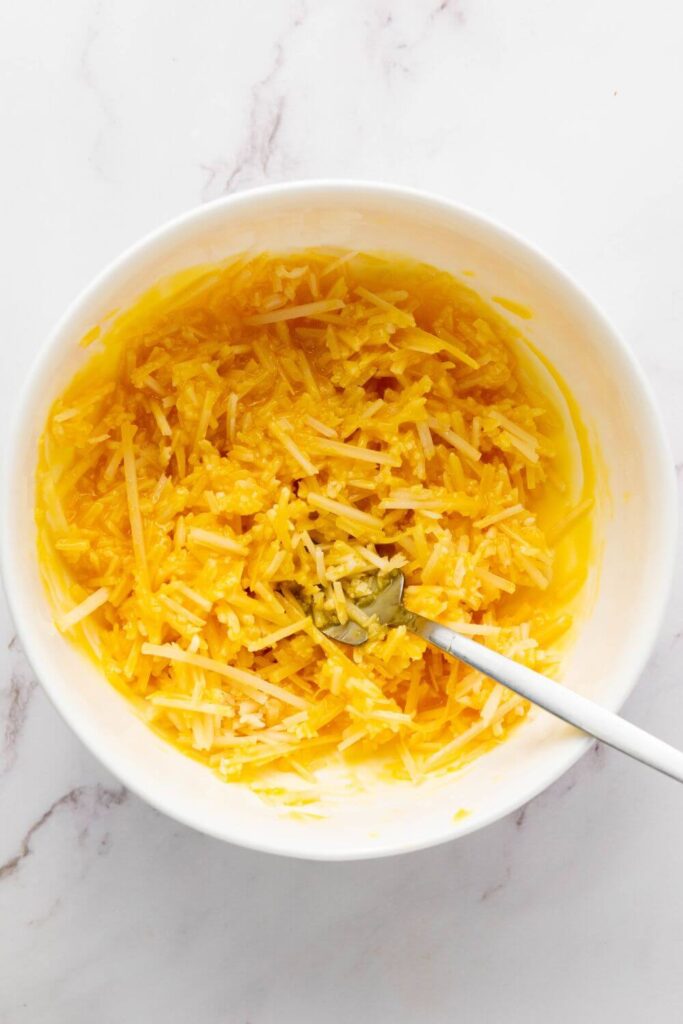
Add plenty of black pepper. You can’t have too much. Whisk it until it’s creamy and thick.
4. Combine the Pasta and Sauce
Toss the drained, still-hot spaghetti into the skillet with the pancetta fat. Stir until the noodles are glistening.
Now, here’s where people panic: Turn the heat off. Better safe than sorry—nobody wants scrambled eggs in their pasta.

Pour the egg and cheese mixture over the hot noodles. Toss the pasta. Fast hands are key. The yolks and cheese will turn glossy and thick as soon as they hit the hot pasta.
If the sauce feels sticky or heavy, splash in a bit of the reserved pasta water. Go slow. Stir more. Suddenly, that silky Carbonara texture appears.
5. Add Pancetta Back In
Add the crispy pancetta back to the pan. Give everything one final toss. The smell at this point is absolutely unfair.
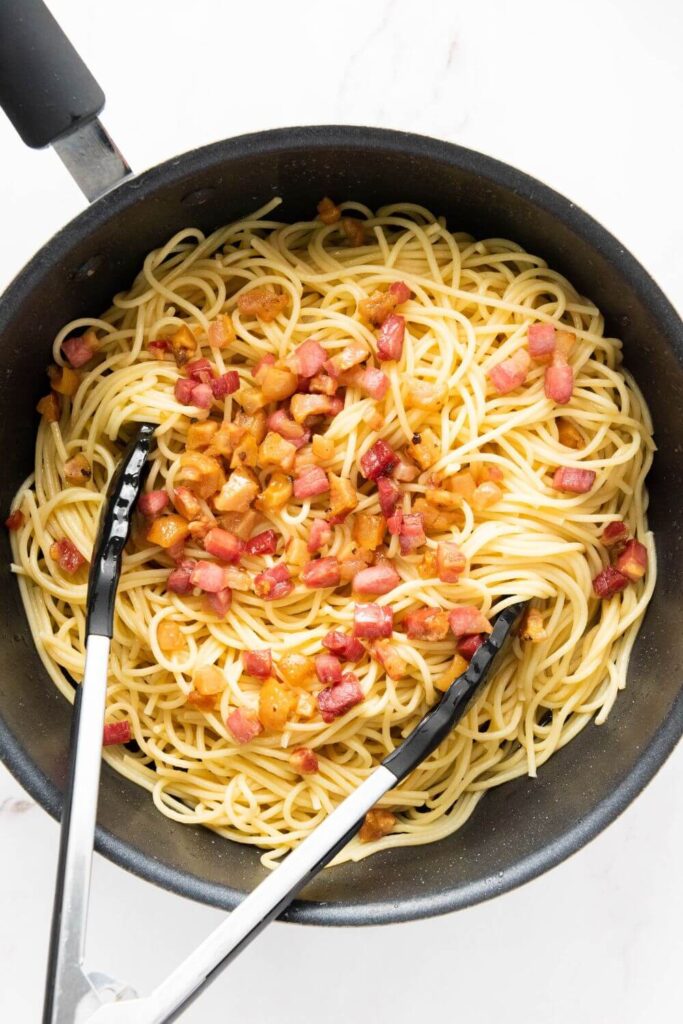
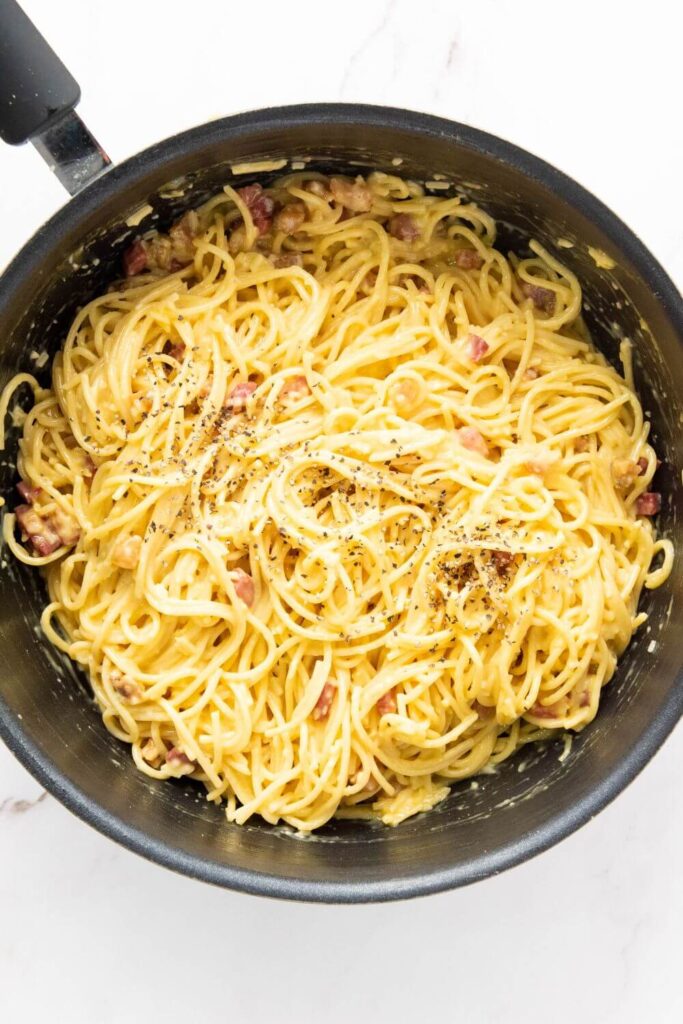
Serve it FAST, garnishing each serving with the remaining grated cheese and an extra sprinkle of black pepper to taste.
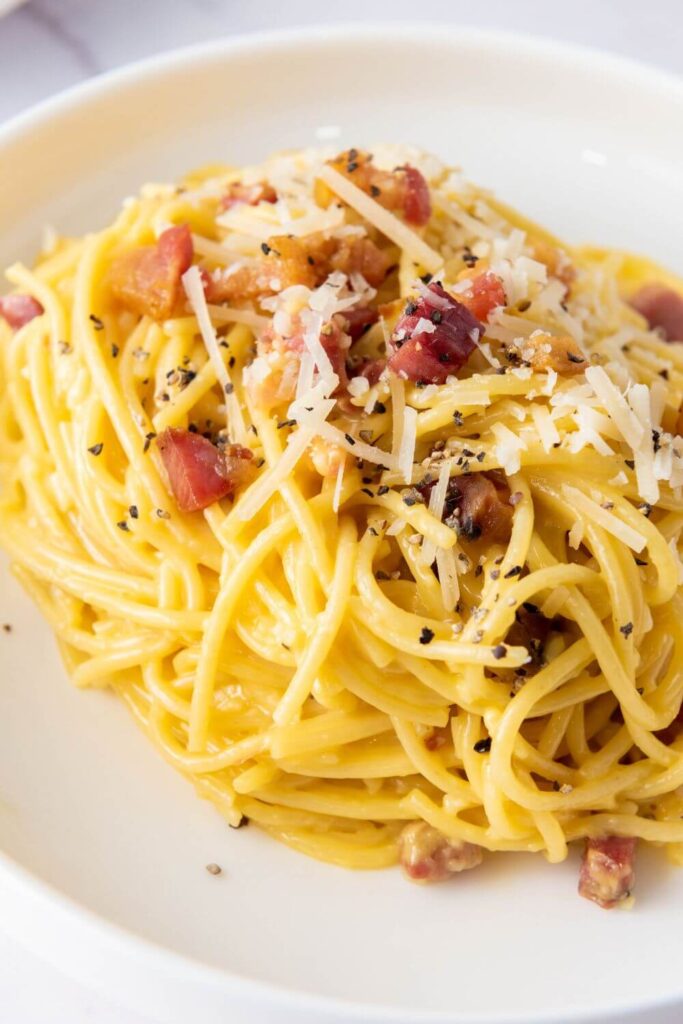
Don’t let it sit around. Carbonara’s charm fades as it cools, and nobody wants a sticky pasta blob.
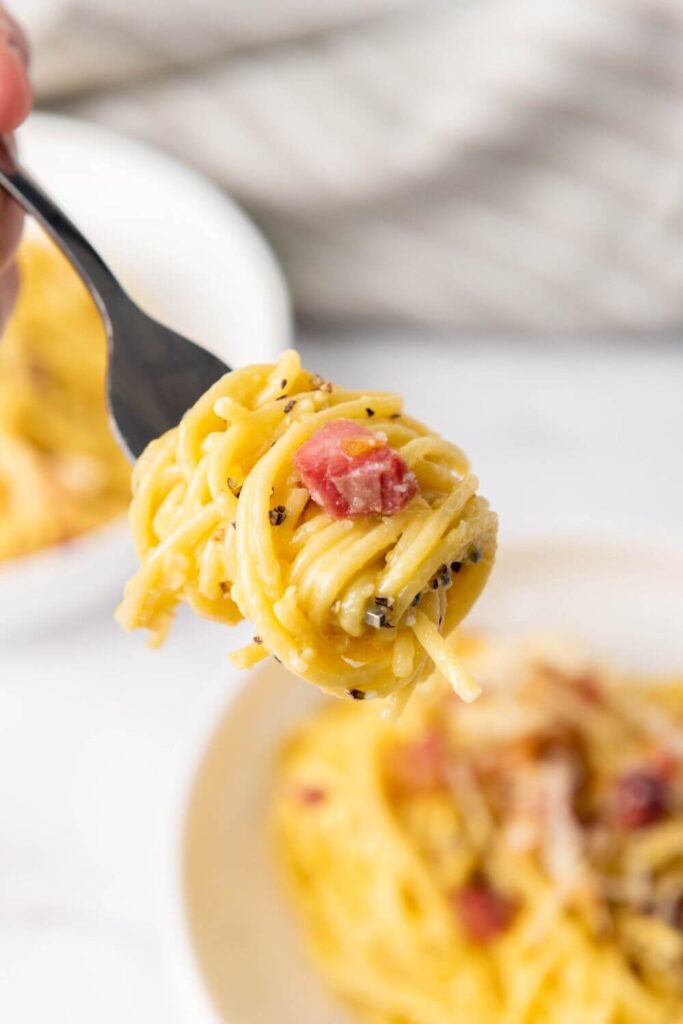
Tips to remember for perfect carbonara every time:
- Work quickly—carry the heat from the noodles, not the pan.
- Use the pasta water to thin the sauce little by little.
- Never add cream. Seriously, never.
- Taste before you salt again. Pancetta and parmesan bring plenty.
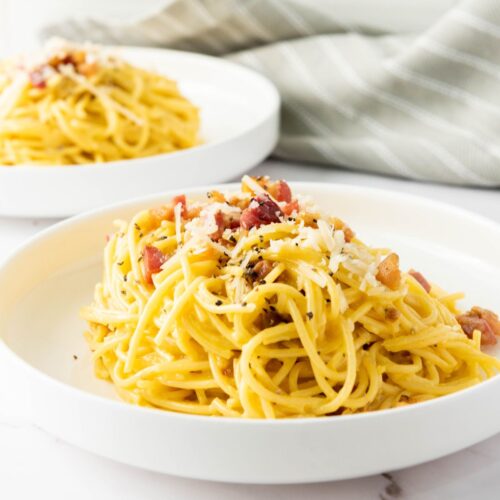
Easy Spaghetti Carbonara
Ingredients
- 400 g (14 oz) of spaghetti
- 150 g (5 oz) of pancetta
- 4 egg yolks
- 1 cup grated Parmigiano Reggiano
- black crushed pepper to taste
- 1 tbsp salt
Instructions
- Boiling a large pot of salted water. Once boiling, add the spaghetti and cook it according to the package's instructions until it reaches al dente texture. Before draining, reserve about 1 cup of the pasta cooking water for later use, then drain the pasta and set it aside.
- While the pasta is cooking, cut the pancetta or guanciale into small, 1/4 inch thick pieces. Heat a large skillet over medium heat, and add the diced meat. Cook, stirring occasionally, until the pieces are nicely crispy and golden. Remove the crispy pieces from the skillet with a slotted spoon, setting them aside on a paper towel-lined plate. Keep the rendered fat in the skillet.
- In a bowl, separate the egg yolks from the whites (the whites can be saved for another recipe or discarded). Add the majority of the freshly grated cheese to the yolks (reserve a small amount for serving), and whisk them together vigorously. Season this mixture with a generous amount of freshly cracked black pepper.
- Transfer the drained, still-hot pasta directly into the skillet with the rendered fat over low heat. Toss the pasta to ensure it's thoroughly coated in the fat.
- Remove the skillet from the heat to prevent the eggs from scrambling in the next step. Quickly pour the egg and cheese mixture over the pasta, tossing continuously to coat the pasta strands evenly and create a smooth, creamy sauce.
- If the sauce appears too thick, gradually add the reserved pasta cooking water until you reach your desired consistency. Finally, add the crispy pancetta (or guanciale) pieces back into the skillet and toss everything together once more.
- Dish out the carbonara immediately after mixing, garnishing each serving with the remaining grated cheese and an extra sprinkle of black pepper to taste.
Notes
- The heat of the pasta cooks the egg, but it’s crucial to work quickly and off the heat to avoid scrambling the eggs.
- The reserved pasta water is essential for adjusting the sauce’s consistency; its starch content helps emulsify the sauce, making it silky and smooth.
